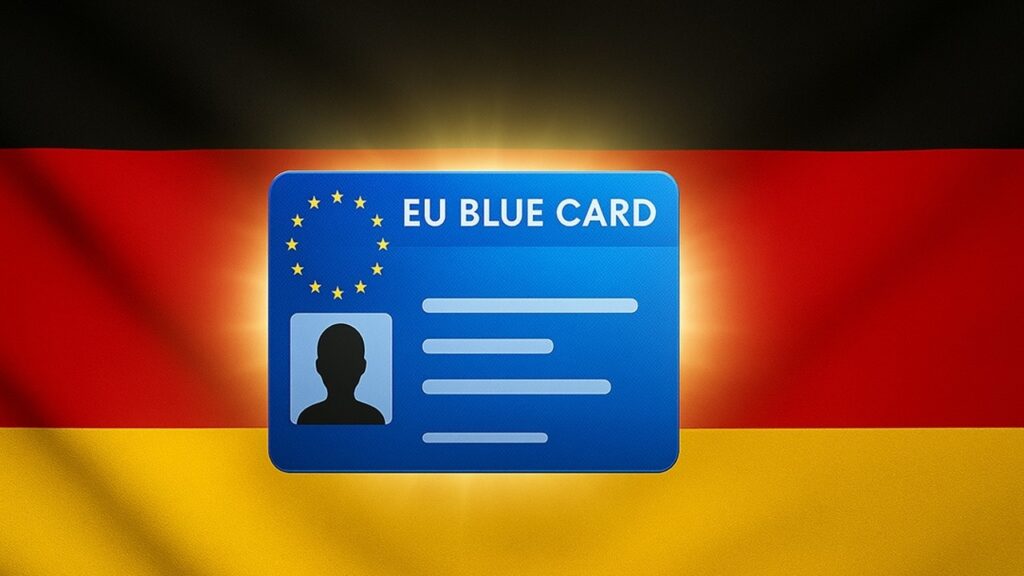Germany is a global leader in innovation, engineering, and economic stability, which makes it a great place to work. The country has a lot of job openings for skilled people in central Europe. But it might be scary to try to comprehend difficult immigration rules. The Blue Card in Germany is one of the best ways to make immigration easier and find the best workers. If you are a talented non-EU foreigner with academic qualifications, this special residence visa is your golden ticket to living and working in Germany. It’s not just another work visa; it’s a powerful message from the German government that they want to welcome and integrate skilled individuals who can help the economy. All you need is a college degree and a job offer in Germany that pays enough to meet your basic needs. The Blue Card EU Germany is the most sought-after residence status for academics. It is a key part of the laws that govern skilled immigration and offers a clear, controlled, and positive road to a professional future in Germany.
Fast-Track Advantage: Faster processing and easier steps
One of the best things about the Blue Card is that it is a “fast-track” card. The application process is faster and more predictable than for other German work permits, which means that qualified applicants won’t have to wait as long or be as unsure about their chances. This schedule is possible since the requirements are easier to understand. The Blue Card application doesn’t usually need a protracted “labour market test” from the Federal Employment Agency, unlike many other permits. The Vorrangprüfung checks to see whether a German or EU citizen is available for the job.
The STEM Advantage of In-Demand Fields
Germany has changed the Blue Card program to help it hire professionals in fields where there aren’t enough people. The primary ones are those who work in STEM, medicine, and IT. The German economy needs these fields to be innovative and competitive, and the government has given significant reasons to fix the lack of skilled workers. The fact that the permit has a lower minimum gross salary level is the best thing about it for these jobs. This customized plan satisfies Germany’s economic needs and lets experts from across the globe work in software development, civil engineering, human health, and data science. Germany has become a top destination for STEM talent by lowering the requirements for entry, which sends the message that these skills are prized and sought after.
Map Your Course
Getting a Blue Card is a big deal for international professionals, but it requires work. The first step is to get a job offer that is good and to carefully assemble the necessary paperwork. You need a valid passport, an employment contract, and proof of a university degree, which the Anabin database may check. To get an entrance visa, you have to go to the local German mission overseas. To get a residence permit, you have to go to the immigration office in the German city where you will live, such the State Office for Immigration (LEA) in Berlin.

